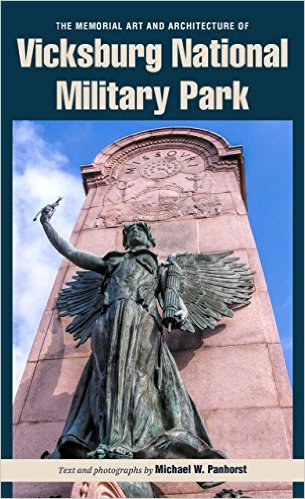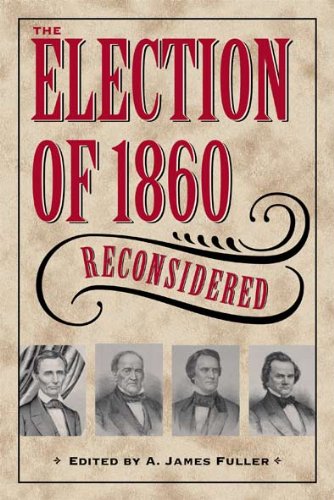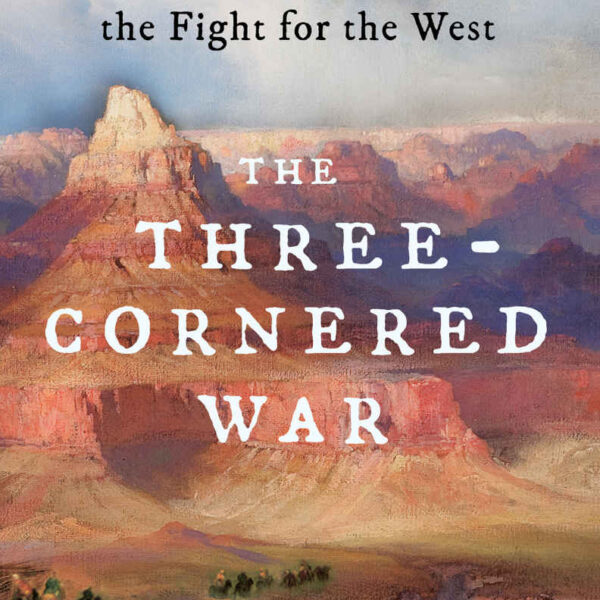The Memorial Art and Architecture of Vicksburg National Military Park by Michael W. Panhorst. Kent State University Press, 2015. Paper, ISBN: 978-1-60635-219-9. $19.95.
 Historical memory is an ever-growing subfield. Coupled with the desire to understand how successive generations have viewed the past is an increasing interest in historical preservation of physical objects and structures. A thorough and accurate study of these two often interrelated fields requires individuals with training in the various sub-disciplines of history, especially public history, as well as art history, museum conservation, and public administration. Michael W. Panhorst’s excellent work The Memorial Art and Architecture of Vicksburg National Military Park is a marvelous example.
Historical memory is an ever-growing subfield. Coupled with the desire to understand how successive generations have viewed the past is an increasing interest in historical preservation of physical objects and structures. A thorough and accurate study of these two often interrelated fields requires individuals with training in the various sub-disciplines of history, especially public history, as well as art history, museum conservation, and public administration. Michael W. Panhorst’s excellent work The Memorial Art and Architecture of Vicksburg National Military Park is a marvelous example.
Dr. Panhorst holds a Ph.D. in art history from the University of Delaware and is currently the curator of art at the Montgomery Museum of Fine Arts in Alabama. He was the founding director of the Marshall M. Fredericks Sculpture Museum, as well as the former director of both the Jule Collins Smith Museum of Fine Art at Auburn University and Chesterwood, the home/studio of sculptor Daniel Chester French. He has lectured and published widely about monuments and memorials, and his photographs have been published in Civil War Art, the Alabama Review, Sculpture Review, and Sculpture magazine.
This book grew out of his dissertation at the University of Delaware, in which he attempted to emulate the work of his major professor, Wayne Craven, entitled The Sculptures at Gettysburg (1982). Craven suggested that Panhorst study the monuments at Vicksburg. He has certainly done his mentor proud and, in the process, produced what should serve as a model for any future work of this type. In the preface, Panhorst states that, “this book is more about memorial art and architecture than it is about the arts of war. It is less about the Civil War era than about the era of sectional reconciliation and national reunification around the fortieth and fiftieth anniversaries of the war when Civil War veterans and their families and friends memorialized the men and events of the war then rapidly receding into history.” (ix)
The battlefield at Vicksburg is an excellent subject for a study of memorialization. The park contains more than 1,300 monuments. Indeed, at the height of Civil War commemoration at the turn of the twentieth century, Vicksburg National Military Park emerged as the “art park of the South.” By the end of the 1920s, the park was covered in statues, busts, and reliefs of Vicksburg’s Confederate defenders and Union conquerors, all lining a circuitous route around the massive earthworks and bastions of this key battlefield. The federal government, states whose men had fought in the battle, and even individual patrons commissioned dozens of accomplished sculptors and architects to create finely-sculptured artwork and exquisite architecture. Their efforts made the park an important example of national reconciliation, commemoration, and remembrance. Moreover, the scope of this park’s art gives us the largest and best example of the commemorative memorials created in the South during the post-Civil War decades. This collection of art, amazing in both its scope and quality, provides students of various fields in art, history, and public administration an incredible opportunity to study the artistic and cultural significance of Civil War memorialization.
Panhorst has organized his book as a series of relatively short essays. He begins with an introduction to Vicksburg National Military Park for those unfamiliar with the park or the military operations. Next, he gives an overview of the memorial art and architecture at the park. He then presents chapters covering patronage, the design process, artistic styles, and the production of the art. Panhorst devotes two chapters to bronze casting processes and covers stone work in detail.
The second half of the volume explores the creators and sculptors of the works, as well as the foundries that produced the art. He also discusses preservation before examining the figures, busts, and reliefs in detail. In perhaps the best section of the work, he offers an outstanding illustrated driving tour covering selected pieces of art, as well as a comprehensive list of major group memorials and portrait memorials on a driving tour. Finally, Panhorst includes appendices that provide a glossary of terms for memorial art and architecture and biographical sketches of the artists, architects, foundries, and monument companies associated with the memorial art at the park.
In sum, the book serves as a fascinating introduction to the battlefield commemorative art of the period, detailing the processes and materials of monument making. Moreover, the book is a natural tour guide to the monuments that dot the park’s landscape. This volume is certain to appeal to scholars and lay enthusiasts of sculpture, architecture, historic preservation, and Civil War Studies alike. At the risk of making a serious pun, this is a “monumental” work in that it serves as a blueprint for graduate students in both art and history who are looking for dissertation topics. The historical, artistic, and preservation fields badly need more works like this covering the nation’s military parks. This should be the standard by which all of these works are measured. This is a marvelous book, and it is highly recommended.
The only flaw in this work is rather picky, and it has nothing to do with the author. The book appears to be designed as a field guide. I like the design since the book will undoubtedly often serve that purpose. However, the volume seems likely to come apart after heavy use in the field. Kent State University Press should and could have done better for such a useful and well-conceptualized work.
John D. Fowler is the B.J. and Dicksie Bandy Chair of History at Dalton State College.




